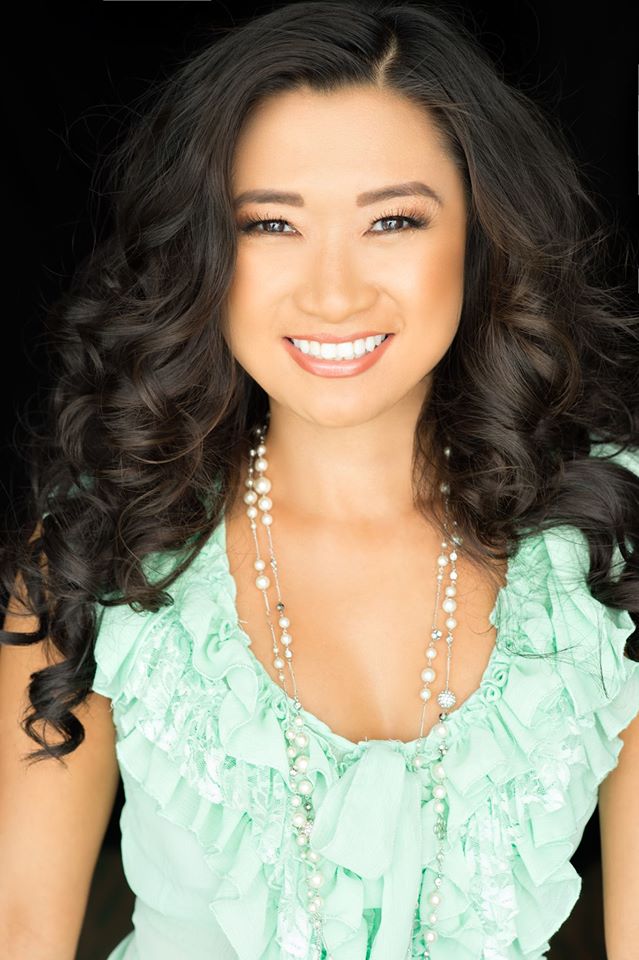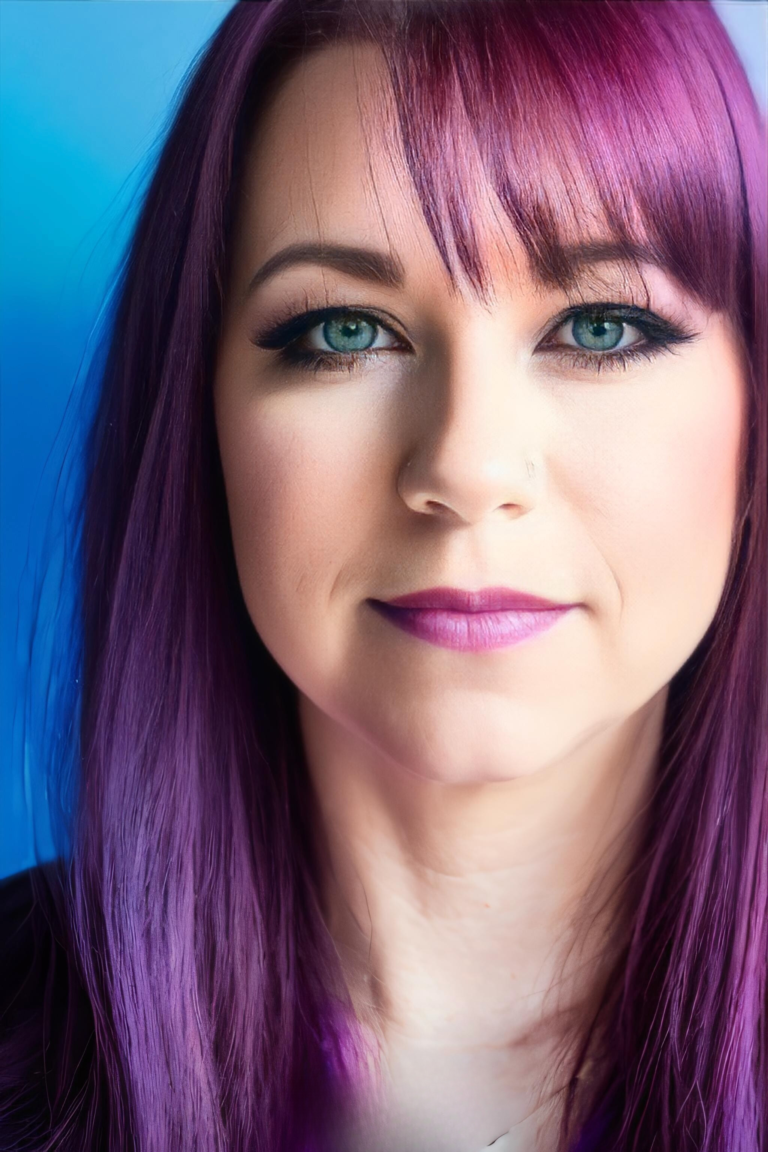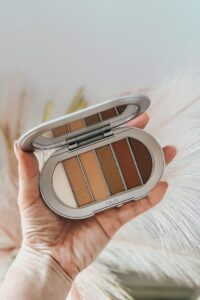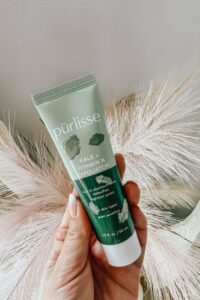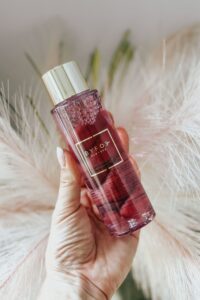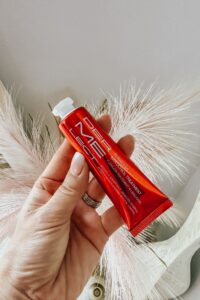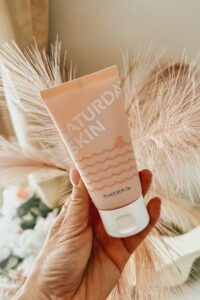Diverse hair types require different care guidelines to maintain their health and appearance. Understanding how to care for your specific hair type can make all the difference in achieving your desired look. Whether you have straight, wavy, curly, or coily hair, there are certain practices you can adopt to keep your hair looking and feeling its best.
Straight hair is typically the easiest to care for, requiring minimal maintenance. However, it is still important to use the right products and avoid excessive heat styling to prevent damage. Wavy hair can be more challenging to care for, as it can become frizzy and lose its shape without proper care. Curly and coily hair require even more specific care, as they are prone to dryness and breakage. By following the right care guidelines for your hair type, you can ensure that your hair stays healthy and beautiful.
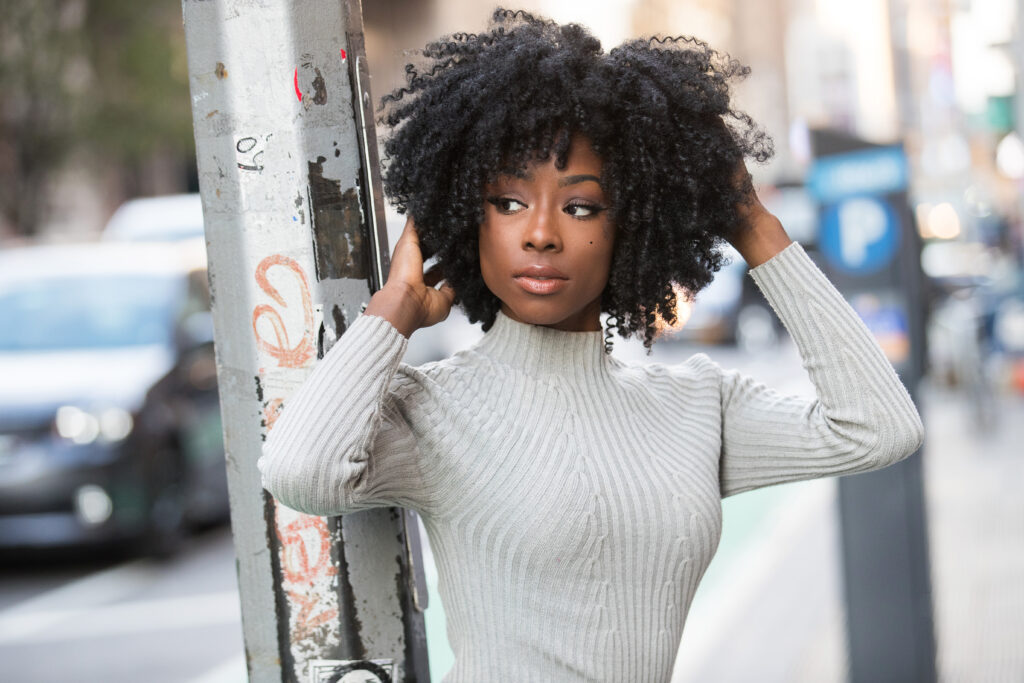
Understanding Hair Diversity
Hair Texture
Hair texture refers to the thickness or diameter of individual hair strands. It is generally classified into three categories: fine, medium, and coarse. Fine hair has a smaller diameter and is often more fragile, while coarse hair has a larger diameter and is typically stronger.
Hair Density
Hair density refers to the number of hair strands per square inch of scalp. It is usually categorized as low, medium, or high. People with low hair density have fewer hair strands and may have more visible scalp, while those with high hair density have more hair strands and may have a thicker appearance.
Hair Porosity
Hair porosity refers to how easily hair can absorb and retain moisture. It is classified as low, medium, or high. Low porosity hair has a tightly closed cuticle layer, making it difficult for moisture to penetrate. High porosity hair has a damaged cuticle layer, allowing moisture to enter and exit easily. Medium porosity hair has a balanced cuticle layer, allowing for optimal moisture retention.
Understanding hair texture, density, and porosity is essential for determining the best hair care routine. Different hair types require different care, and knowing your hair type can help you choose the right products and techniques to maintain healthy and beautiful hair.
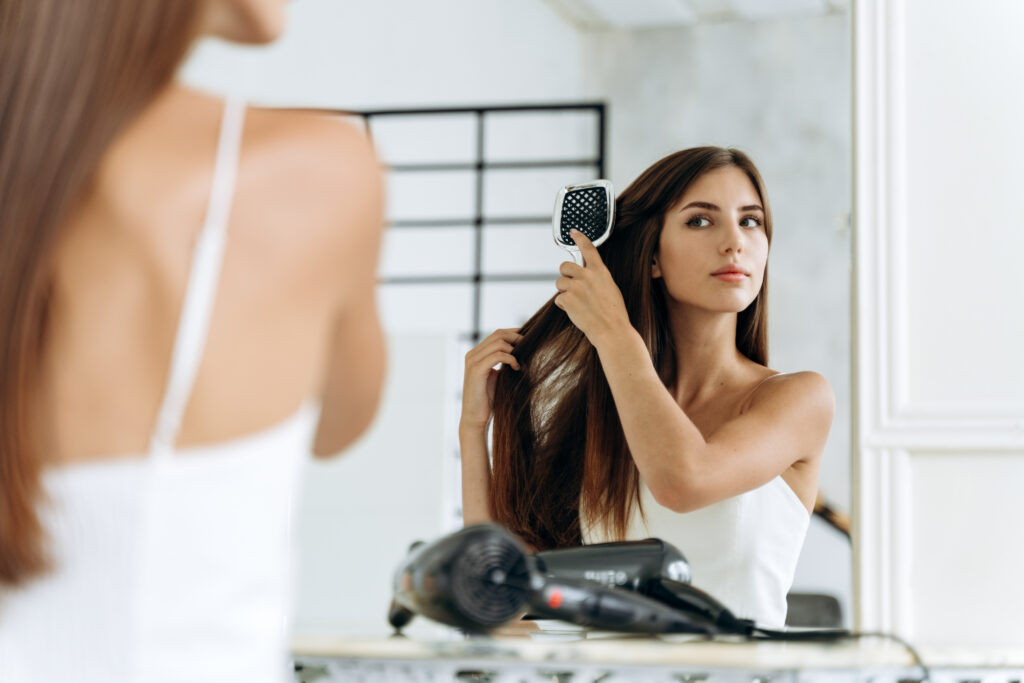
Basic Hair Care Guidelines
When it comes to caring for your hair, there are a few basic guidelines that apply to all hair types. These guidelines include:
1. Washing
It is important to wash your hair regularly to remove dirt, oil, and product buildup. However, washing your hair too often can strip it of its natural oils and cause it to become dry and brittle. How often you should wash your hair depends on your hair type and lifestyle. For most people, washing every 2-3 days is sufficient.
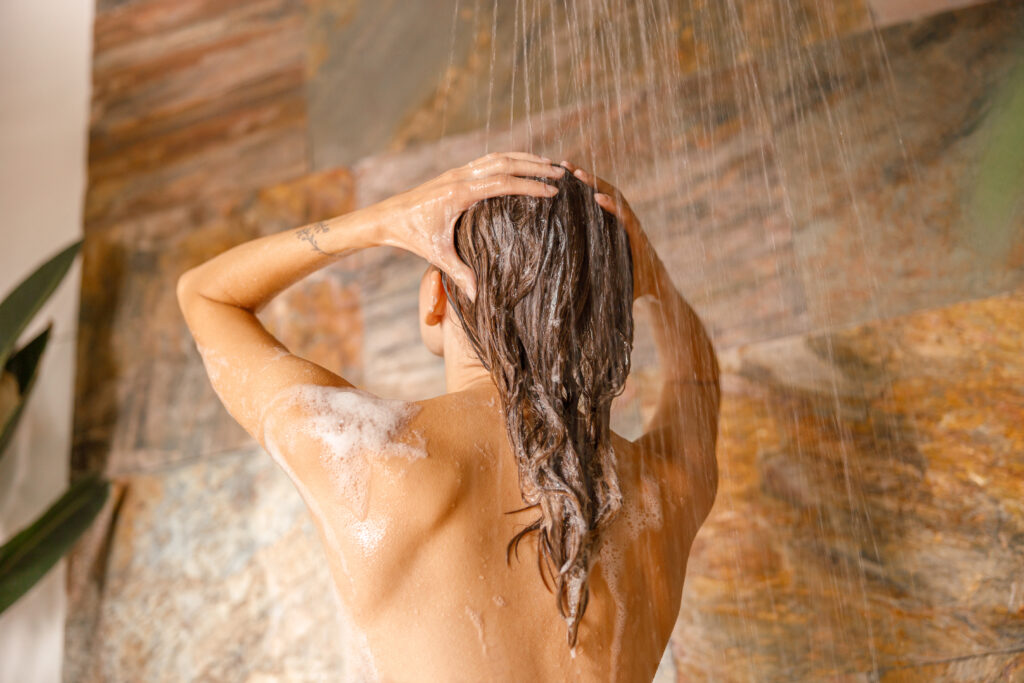
2. Conditioning
Conditioning your hair is an important step in keeping it healthy and moisturized. After shampooing, apply conditioner to the ends of your hair and work it up towards the roots. Leave the conditioner in for a few minutes before rinsing it out with cool water.
3. Brushing
Brushing your hair helps to distribute natural oils throughout your hair, which can help keep it shiny and healthy. However, brushing your hair too vigorously or using the wrong type of brush can cause damage and breakage. Use a wide-toothed comb or brush with soft bristles to gently detangle your hair.
4. Heat Styling
Using heat styling tools like flat irons and curling irons can cause damage to your hair over time. If you must use these tools, use a heat protectant spray and keep the heat setting as low as possible. Try to limit heat styling to once a week or less.
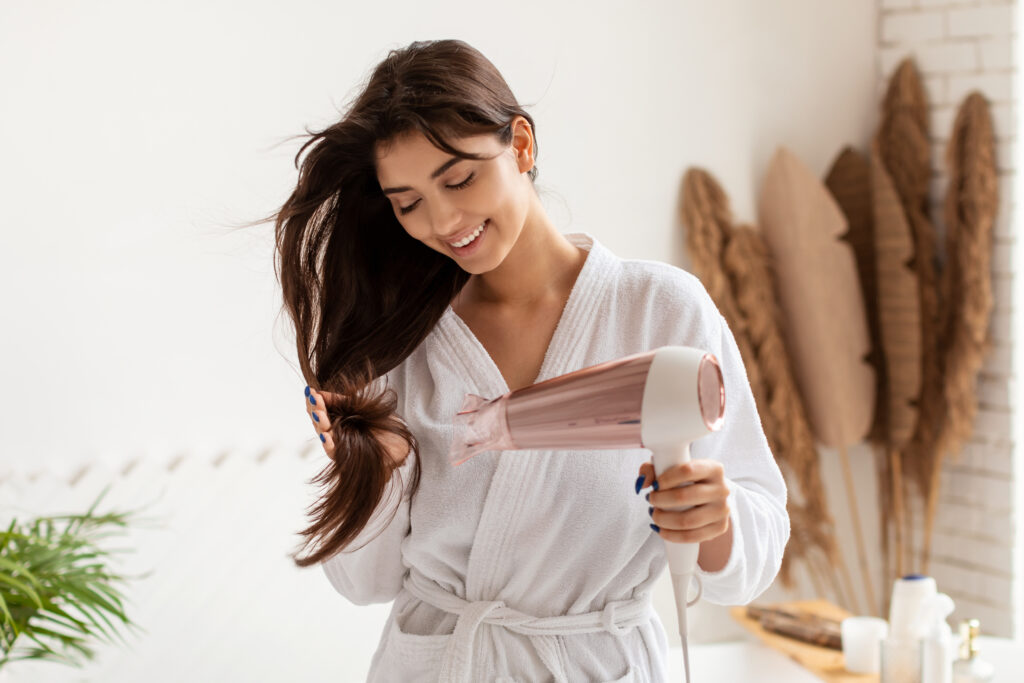
5. Protecting Your Hair
Protecting your hair from the elements can help keep it healthy and strong. Wear a hat or scarf to protect your hair from the sun, wind, and cold. Use a swim cap when swimming to protect your hair from chlorine and saltwater.
Specific Care for Different Hair Types
Straight Hair
Straight hair is typically the easiest hair type to manage. It is naturally shiny and smooth, but can become oily and flat if not properly cared for. Here are a few tips for caring for straight hair:
- Use a gentle shampoo and conditioner that is specifically formulated for straight hair.
- Avoid heavy styling products, as they can weigh down the hair and make it appear flat.
- Use a boar bristle brush to distribute natural oils and add shine.
- Wash hair every other day to prevent oil buildup.

Wavy Hair
Wavy hair can be a bit more difficult to manage, as it tends to be frizzy and prone to tangles. Here are some tips for caring for wavy hair:
- Use a moisturizing shampoo and conditioner to help prevent frizz and tangles.
- Use a wide-tooth comb to detangle hair when wet.
- Apply a leave-in conditioner to help define waves and prevent frizz.
- Avoid using a hair dryer, as it can cause frizz and damage.

Curly Hair
Curly hair requires a bit more maintenance than straight or wavy hair, as it tends to be dry and prone to frizz. Here are some tips for caring for curly hair:
- Use a sulfate-free shampoo and conditioner to help retain moisture.
- Use a wide-tooth comb or your fingers to detangle hair when wet.
- Apply a curl-defining product to help enhance curls and prevent frizz.
- Avoid brushing curly hair, as it can disrupt curl pattern and cause frizz.
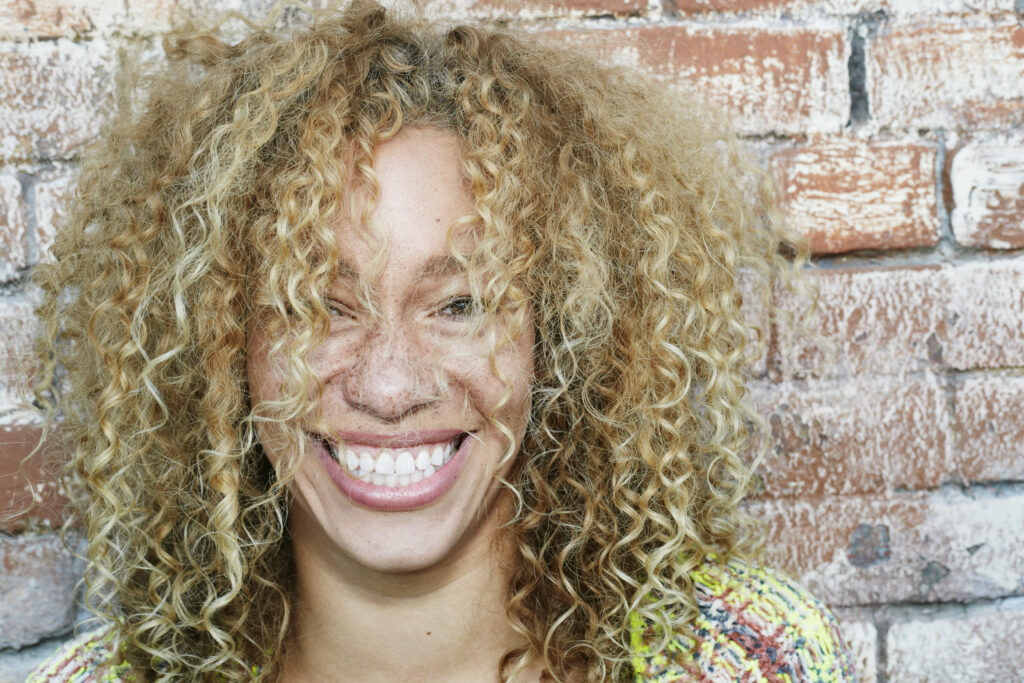
Coily Hair
Coily hair is the most fragile and delicate hair type, and requires the most care. It is prone to dryness, breakage, and tangles. Here are some tips for caring for coily hair:
- Use a moisturizing shampoo and conditioner to help retain moisture.
- Use a wide-tooth comb or your fingers to detangle hair when wet.
- Apply a leave-in conditioner or oil to help prevent breakage and retain moisture.
- Avoid using heat styling tools, as they can cause damage and breakage.

Hair Care Products and Tools
Shampoos and Conditioners
When it comes to shampoo and conditioner, it is important to choose products that are specifically designed for your hair type. This will help ensure that your hair is getting the nutrients and moisture it needs to stay healthy and strong. Here are some general guidelines to follow:
- For dry or damaged hair, look for shampoos and conditioners that contain moisturizing ingredients like shea butter, argan oil, or coconut oil.
- For oily hair, look for products that are designed to remove excess oil without stripping your hair of its natural oils.
- For color-treated hair, look for shampoos and conditioners that are specifically designed for color-treated hair. These products will help protect your hair color and prevent fading.
It is also important to avoid using too much shampoo and conditioner. Use only a small amount of product, and focus on massaging it into your scalp and roots. Rinse thoroughly with cool water to help seal the cuticle and prevent damage.
Hair Styling Tools
When it comes to hair styling tools, there are a few things to keep in mind. First, it is important to choose tools that are appropriate for your hair type. For example, if you have fine hair, you may want to avoid using heavy styling tools that can weigh your hair down.
Here are some general guidelines to follow:
- For fine hair, use lightweight styling tools like ceramic or tourmaline hair dryers and flat irons.
- For thick or curly hair, use tools with higher heat settings to help smooth and straighten your hair.
- Always use a heat protectant spray or serum before using any heat-styling tools.
In addition to choosing the right tools, it is important to use them properly. Always start with clean, dry hair, and use a comb or brush to detangle your hair before styling. Take your time and work in small sections to ensure that your hair is evenly styled and protected from damage.
Common Hair Problems and Solutions
Dryness and Damage
Dryness and damage are common hair problems that can occur due to various reasons such as excessive heat styling, chemical treatments, and environmental factors. Some of the common signs of dryness and damage include split ends, breakage, and frizz.
To combat dryness and damage, it is important to follow a regular hair care routine that includes the use of moisturizing and nourishing products. Here are some tips to prevent and treat dryness and damage:
- Use a sulfate-free shampoo and conditioner that are specifically designed for your hair type.
- Limit the use of heat styling tools and always use a heat protectant spray before styling.
- Deep condition your hair once a week to restore moisture and nourishment.
- Trim your hair regularly to get rid of split ends and prevent further damage.

Dandruff and Scalp Issues
Dandruff and scalp issues can be caused by a variety of factors such as dry scalp, oily scalp, and fungal infections. These issues can lead to itching, flaking, and irritation, which can be quite uncomfortable.
To prevent and treat dandruff and scalp issues, it is important to maintain a healthy scalp. Here are some tips to help you achieve a healthy scalp:
- Use a gentle shampoo that is formulated for your hair type and scalp condition.
- Massage your scalp regularly to improve blood circulation and promote healthy hair growth.
- Avoid using too many styling products that can clog your scalp pores and cause irritation.
- Use natural remedies such as tea tree oil or aloe vera to soothe and heal your scalp.
Conclusion
Caring for diverse hair types requires a tailored approach that takes into account the unique characteristics of each hair type. By understanding the differences in hair texture, porosity, and density, individuals can create a hair care routine that promotes healthy and vibrant hair.
Regular washing and conditioning are essential for maintaining healthy hair. It is important to choose products that are formulated for your specific hair type and to avoid over-washing or over-conditioning, which can strip the hair of its natural oils.
In addition to regular care, individuals can also take steps to protect their hair from damage by avoiding excessive heat styling, using protective styles, and wearing a hat or scarf to shield hair from the sun and wind.
Ultimately, with the right care and attention, individuals with diverse hair types can achieve healthy, beautiful hair that looks and feels great.


